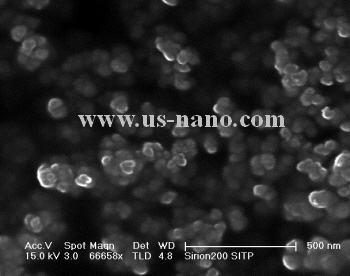

Carbon black dispersio in water tween free#
It was concluded that surfactant choice is critical to avoid failure of amorphous solid dispersions through crystallization of the drug.įoaming in chemical surfactant free aqueous dispersions of anatase (titanium dioxide) particles. The promotion or inhibition of crystallization was found to be related to the impact of the surfactant on the nucleation behavior of celecoxib, as well as the tendency to promote leaching of the drug from the ASD particle into the suspending medium. Sodium dodecyl sulfate and Polysorbate 80 were found to promote crystallization from the ASD suspensions, while other surfactants including sodium taurocholate and Triton X100 were found to inhibit crystallization. The impact of the surfactants on drug and polymer leaching from the solid dispersion particles was also evaluated. Nucleation induction times were evaluated for celecoxib in the presence and absence of surfactants. Solid dispersions of celecoxib with hydroxypropylmethylcellulose acetate succinate were manufactured by spray drying, and aqueous suspensions were prepared by adding the particles to acidified media containing various surfactants. The goal of the current study was to evaluate the impact of surfactants on the crystallization of celecoxib amorphous solid dispersions (ASD), suspended in aqueous media. It is important that the resultant spray dried particles do not crystallize during formulation, storage, and upon administration. Impact of surfactants on the crystallization of aqueous suspensions of celecoxib amorphous solid dispersion spray dried particles.Ĭhen, Jie Ormes, James D Higgins, John D Taylor, Lynne SĪmorphous solid dispersions are frequently prepared by spray drying. Our model effectively prescribes specific surfactants and their concentrations to achieve stable aqueous suspensions of CNTs. Notably, for stable dispersions, the osmotic pressure and interfacial energy are important for long-range and short-range interactions, respectively, in comparison with the effect of electrostatic forces. To verify the proposed model, we compare the PMFs derived using our method with those derived from molecular dynamics simulations using comparable CNTs and ionic surfactants. The dispersion mechanism is investigated by estimating the potential of mean force (PMF) as a function of van der Waals forces, electrostatic forces, interfacial tension, and osmotic pressure. Using this model, we can evaluate various interaction forces between the CNTs and ionic surfactants under different conditions.

In this work, we develop a mean-density model of ionic surfactants to simplify the calculation of interaction forces between CNTs stabilized by ionic surfactants. Although ionic surfactants are commonly used to facilitate the dispersion of CNTs in aqueous solutions, understanding the dispersion process is challenging and time-consuming owing to its complexity and nonlinearity. We propose a new analytical model of ionic surfactants used for the dispersion of carbon nanotubes (CNTs) in aqueous solutions. With the assistance of star-like surfactant, the CNTs could disperse well in aqueous suspension at high concentration of 50 g/L for more than 30 days, while the CNTs precipitated completely in aqueous suspension after 1 day without any dispersant or after 10 days with sodium 4-dodecylbenzenesulfonic acid as dispersant.Ī mean-density model of ionic surfactants for the dispersion of carbon nanotubes in aqueous solutions Surface tension analysis, total organic carbon analysis, X-ray photoelectron spectroscopy, zeta potential, dynamic light scattering and transmission electron microscopy were performed to research the effect of star-like surfactant on the dispersion of multi-walled CNTs in aqueous suspensions. The star-like surfactant showed good dispersing ability for multi-walled CNTs in aqueous suspensions. Novel star-like surfactant as dispersant for multi-walled carbon nanotubes in aqueous suspensions at high concentrationĪ kind of novel surfactant with star-like molecular structure and terminated sulfonate was synthesized, and it was used as the dispersant for multi-walled carbon nanotubes (CNTs) in aqueous suspensions compared with a traditional single-chained surfactant.


 0 kommentar(er)
0 kommentar(er)
